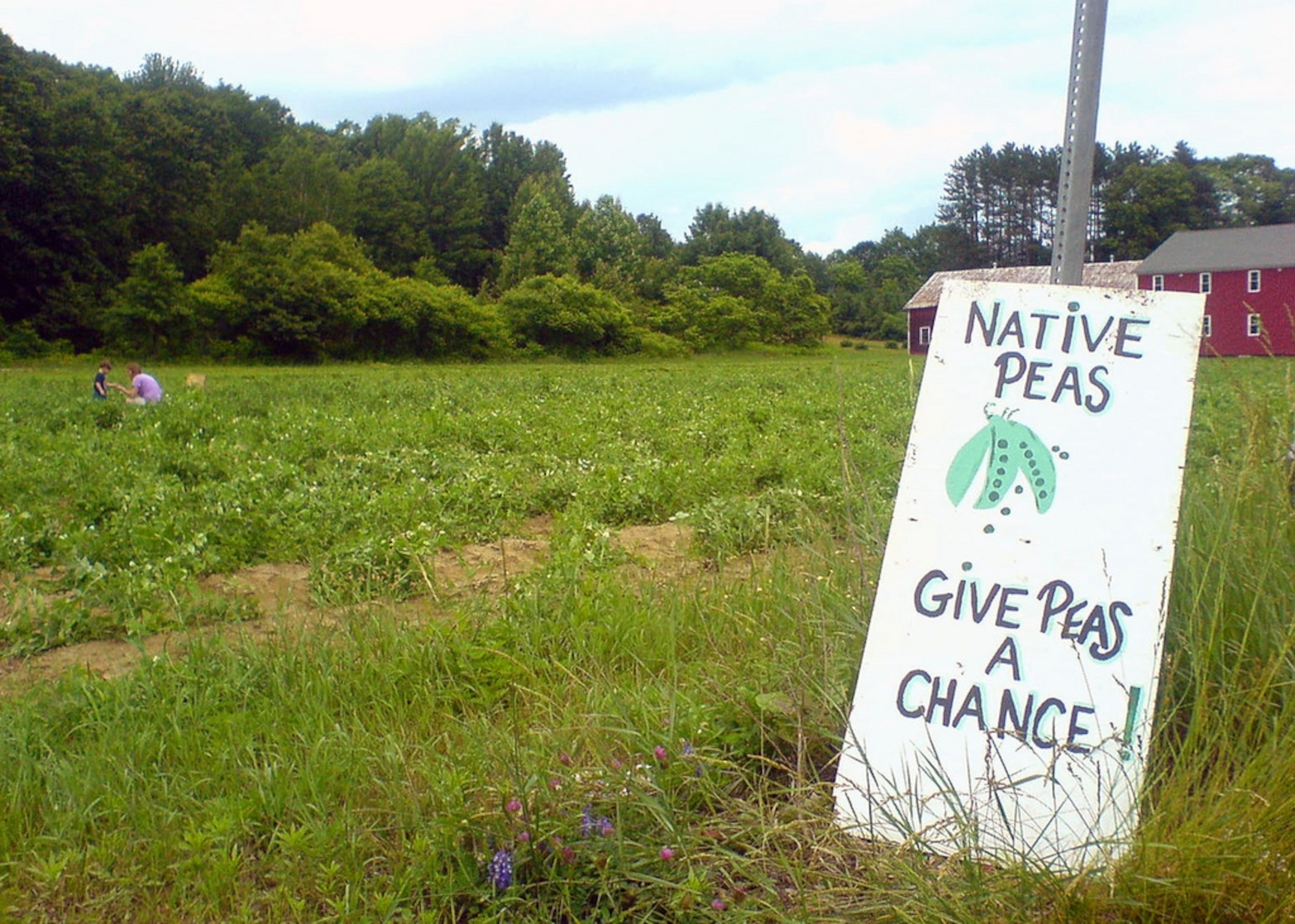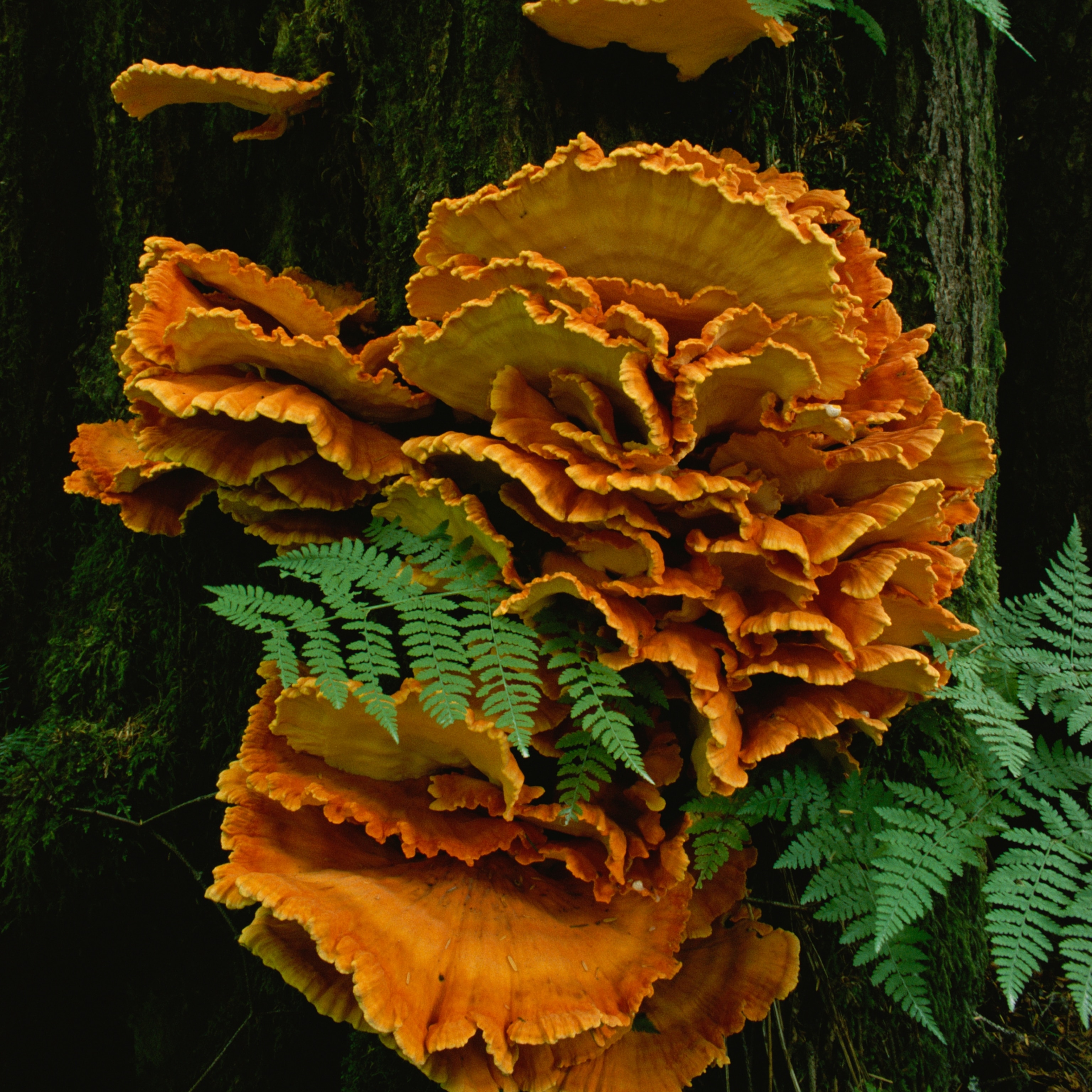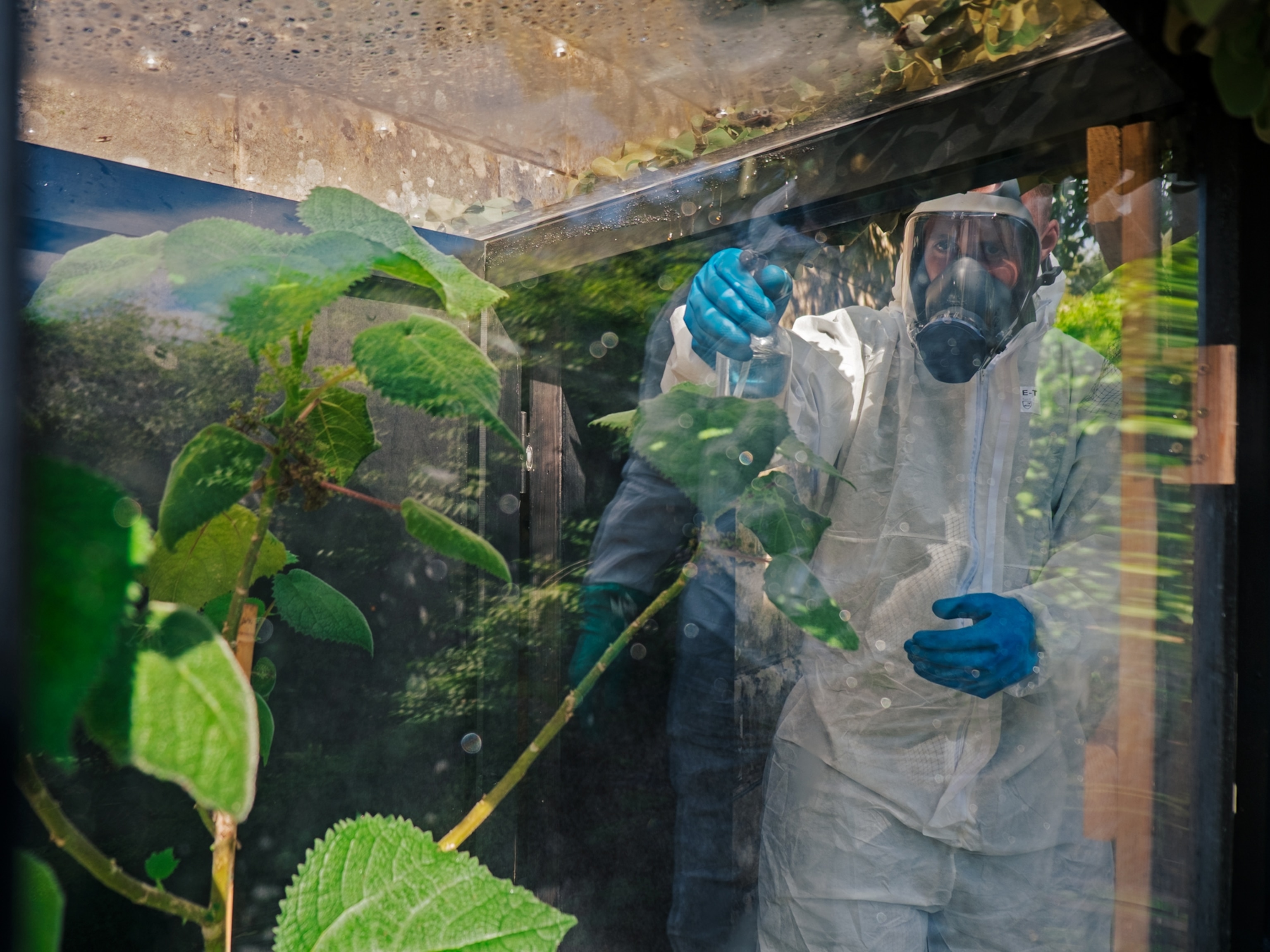
Princesses, Pottage, Posterity, and Peas
In Hans Christian Andersen’s “The Princess and the Pea,” a bedraggled and unlikely princess proves herself to be a worthy bride by waking up black and blue after spending a night on layers of mattresses and featherbeds, all stacked on top of a single pea.
The story was published in 1835, at which point it—well, possibly—made sense. There was a time when a pea under the pillow could keep you awake at night.
Once upon a time, peas were tough as nails.
The origin of the primal pea is a mystery. The pea is a food plant so ancient that no one is sure, botanically or geographically, just where it came from. According to Chinese legend, the pea was a find of the Emperor Shen Nung (the “Divine Farmer”), a helpful agricultural deity who also introduced the people to the hoe, the plow, the calendar, acupuncture, and tea. According to the Norse, peas arrived as a punishment from the god Thor, who sent dragons toting peas to fill up the wells of recalcitrant worshippers. Later, once peas had caught on, Thor, when displeased, dispatched dwarves to plunder the pea fields.
People have been eating peas for at least 10,000 years. Archaeologists have turned up the carbonized remains of pea feasts from Swiss lake dwellings and Neolithic farming villages—though the peas our ancestors feasted on were pithy little balls of starch, nothing like the juicy Pisum sativum so popular on tables today. Researchers guess that, rather than swallowing them whole, our ancestors probably roasted them and then peeled them like chestnuts.
Throughout the medieval period, peas were commonly dried, in which form they could be stored almost indefinitely – then boiled to make the ubiquitous pease porridge (or pottage or pudding), a daily staple on every peasant hearth. Robert May’s The Accomplisht Cook, or The Art & Mastery of Cookery (1660) includes—along with instructions for some fifty other puddings and pottages, among them “A Pudding of Wine in guts”—the following recipe for pease pottage:
Take the best old pease you can get, wash and boil them in fair water, when they boil scum them, and put in a piece of interlarded bacon about two pound, put in also a bundle of mint, or other sweet herbs; boil them not too thick, serve the bacon on sippets in thin slices, and pour on the broth.
The practice of cooking peas with the above “bundle of mint” may have originated to disguise the bland and starchy taste of early varieties of peas. If so, it persisted long after the development of newer, sweeter, and more delicately flavored peas. The English—schooled by centuries of pease porridge—seem to have clung to their mint the longest, since 19th-century cookbooks refer to peas prepared in the “American mode”—that is, boiled in plain mintless water.

By the 15th century, garden peas—that is, peas to be eaten fresh and green, as opposed to the older and more durable field pea—had been developed, and these quickly became the pea of choice for upper-class diners. Green-pea-eating was a passion at the well-fed court of Louis XIV, whose collective addiction to peas was akin to modern madness for chocolate. A letter of 1695 written by Madame de Maintenon, one of the king’s many mistresses, reads:
“The subject of peas is being treated at great length: impatience to eat them, the pleasure of having eaten them, and the longing to eat them again are the three points about which our princes have been talking for four days.”
Royalty and courtiers seem to have dunked their peas in sauce and then slurped them out of the pod. It’s not clear what Madame de Maintenon herself thought of peas, but the king ate them until they brought on indigestion, for which the royal physicians prescribed billiards.
You May Also Like

Social media star Alexis Nikole Nelson is teaching a new generation about foraging
The garden peas that so obsessed the French—though considerably tastier than the now-castigated field pea—were still relatively starchy varieties with smooth seeds. These were rendered obsolete in the late 18th century when Thomas Andrew Knight serendipitously stumbled upon a peculiar wrinkle-seeded pea.
Thomas Knight (1759-1838) was a horticulturist, botanist, and president of the London Horticultural Society. He was also filthy rich, the owner of Downton Castle in Herefordshire, and the proprieter of a 10,000-acre estate. One story holds that Knight became fascinated with plants as a boy, after watching a gardener plant what looked to him like dry sticks and being told that they would grow up to be beans. Impressed, the young Knight planted his pocketknife, hoping to grow a tree of pocketknives. When the knife tree failed to sprout, Knight decided to devote his life to solving the mysteries of plants.
He crossed his wrinkle-seeded pea to produce a series of wrinkled cultivars known as “marrowfats,” a term which connoted (at least to the British) overall lusciousness. By 1787, “Knight’s wrinkled Marrow peas” dominated British and American gardens. Thomas Jefferson planted them twice a year at Monticello and liked them in soups.

The root of the wrinkles was only discovered in the 1990s, when molecular geneticists got their hands on peas. As a pea matures, it converts its youthful sugar into starch, a more stable (but less tasty) storage form of carbohydrate. It does this by means of a starch-branching enzyme called SBE1, essential for the conversion of sugar to a witchy-looking branched-chain starch molecule called amylopectin. The wrinkled pea, which has a defective SBE1, can’t carry out this conversion and therefore stays sugary. High-sugar peas accumulate more water during development, due to osmosis—ripe, they’re generally fatter than starchy peas—but upon drying, they’ve also got more water to lose, which causes them to wrinkle up like deflated balloons.
Knight experimented extensively with his wrinkled-seeded peas. He crossed wrinkle-seeded varieties with smooth-seeded varieties, and then moved on to studying other pea-plant characteristics: height (tall or dwarf), flower color (white or purple), and seed color (green or yellow). He painstakingly counted the offspring, recorded the results, amassed notebooks filled with data, and even published a descriptive scientific paper. But that’s as far as he went.
Some 50 years later, at St. Thomas’s Abbey in Austria, Gregor Mendel—balked by his bishop from studying mice—moved out to the garden and took up peas. He repeated many of Knight’s original experimental crosses, but—unlike Knight—was able to see the patterns and possibilities in his results. Over a period of eight years, Mendel grew 29,000 pea plants and used them to propose the concept of dominant and recessive alleles, establish the rules of heredity, and open the door for modern genetics.
He also fed his fellow monks a lot of perfectly delicious peas.
This story is part of National Geographic’s special eight-month Future of Food series.
References
- Bhattacharyya, M.K., et al. “The wrinkled-seed character of pea described by Mendel is caused by a transposon-like insertion in a gene-encoding starch-branching enzyme.” Cell, January 1990, pp. 115-122.
- Henig, Robin Marantz. The Monk in the Garden. Mariner Books, 2001.
- Kingsbury, Noel. Hybrid: The History and Science of Plant Breeding. University of Chicago Press, 2009.
- From Project Gutenberg, Robert May’s The Accomplisht Cook, or The Art & Mastery of Cookery.





